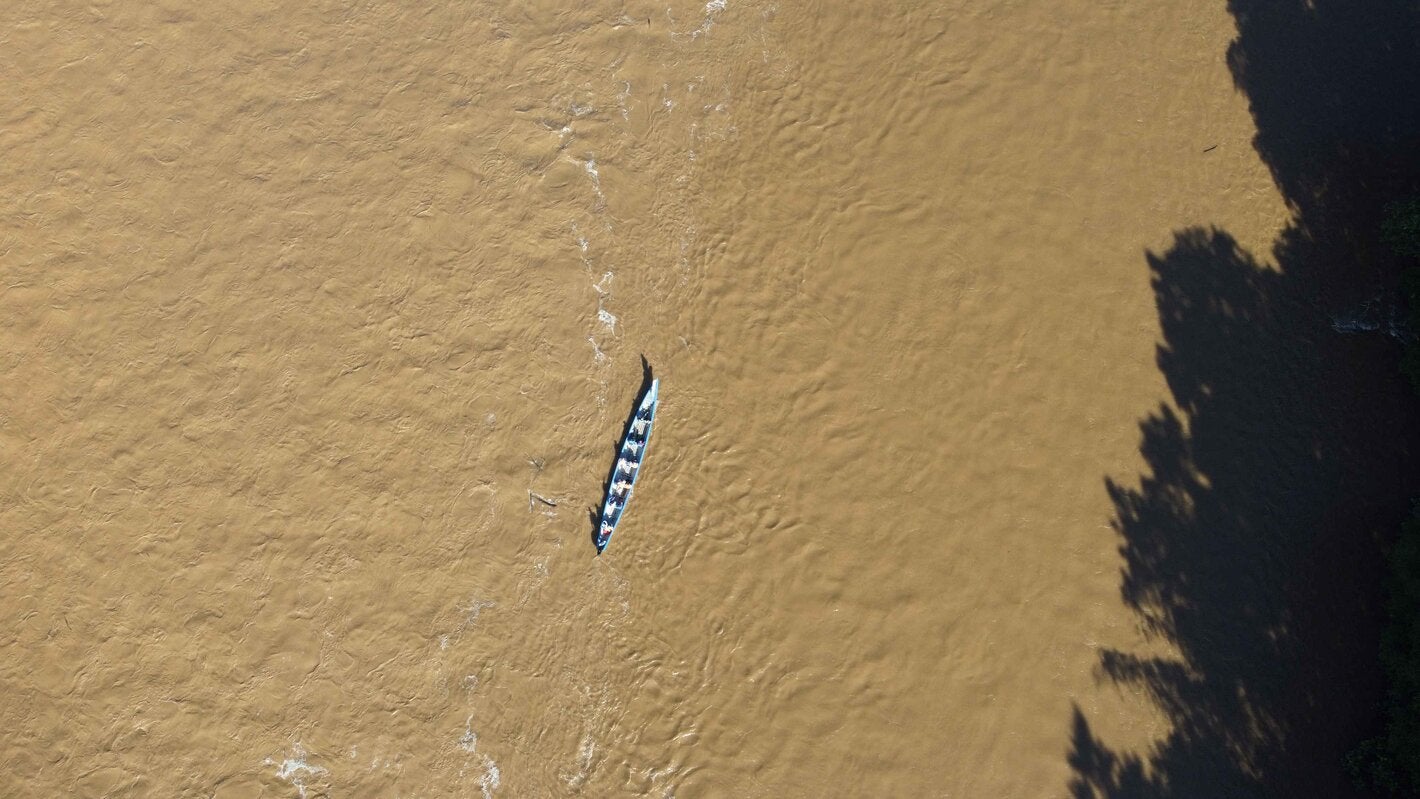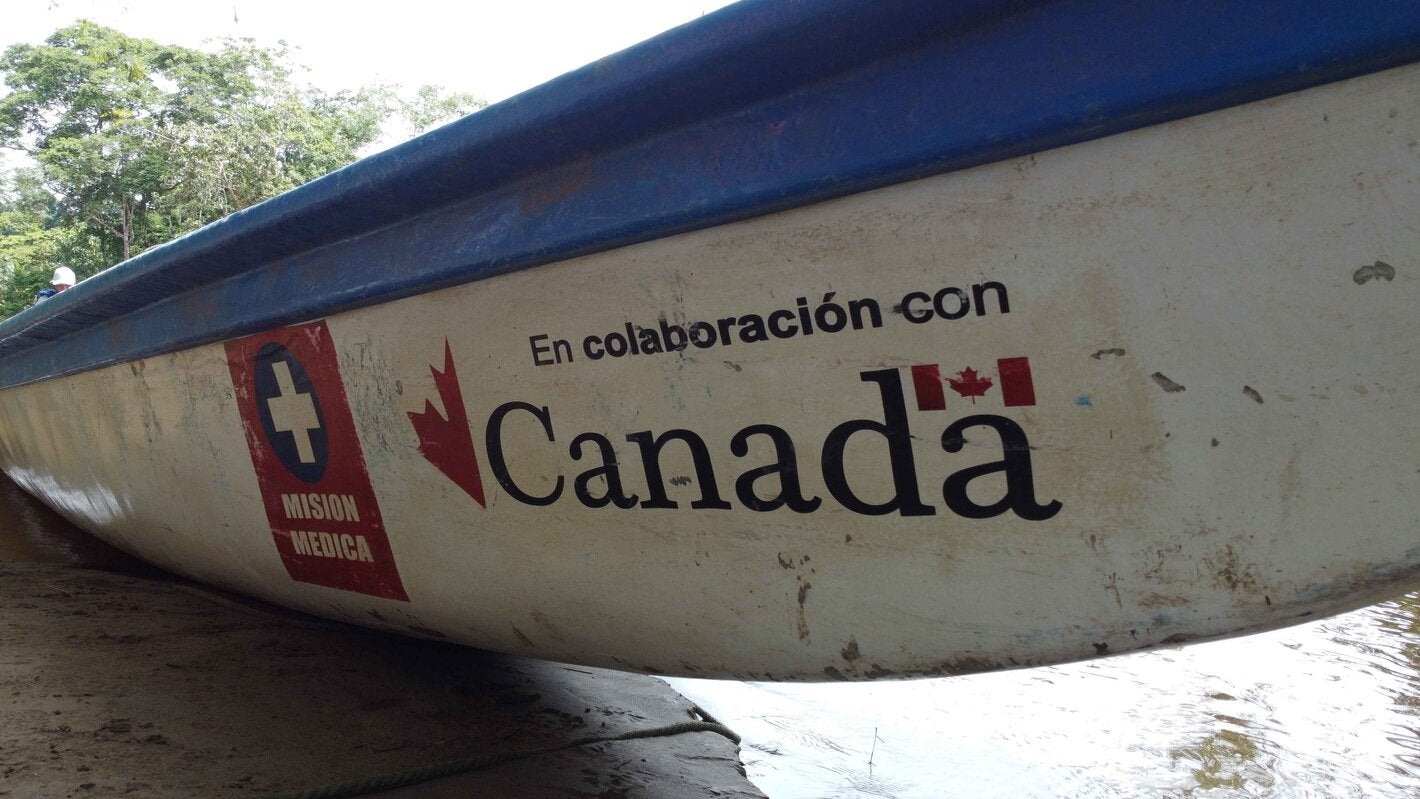Technical cooperation between the Government of Canada and the Pan American Health Organization (PAHO/WHO) has improved the coverage of vaccination schedules to prevent diseases and protect lives in remote areas of the country.
In defense of vaccine equity
Putumayo, located in the Colombian Amazon, is one of the departments prioritized as part of Canada's Can GIVE global initiative to improve access to vaccines, particularly for vulnerable communities. In Colombia, CANGive is contributing to equitable access to COVID-19 vaccines and vaccines in the Expanded Program on Immunization (EPI).
During 2023 and 2024, CANGive invested 14.9 million Canadian dollars (about US$10.9 million) in Colombia, funding that is administered through PAHO. PAHO has directed the resources into acquiring equipment and supplies for the cold chain that allows for transportation and storage of vaccines, for support for immunization campaigns, and for strengthening human talent and information systems. In alliance with UNICEF as well, PAHO reaches remote areas of Colombia that need both additional immunization and strengthening of health systems. In consultation with the Colombian Government, PAHO identified 10 Colombian departments where vaccination coverage among children under 5 years of age was low: Caquetá, Putumayo, Amazonas, Arauca, Vaupés, Chocó, La Guajira, Nariño, Guainía and Vichada.
Jaid Constanza Rojas, PAHO’s national immunization consultant in Colombia, explained that support to territories is based on need identified by departmental and municipal health authorities. “In Putumayo, we identified that coverage levels were low, especially in riverside areas. We decided to give them a boat so that they could go every day to complete vaccination schedules in a timely manner and do the required follow-up,” she said.





